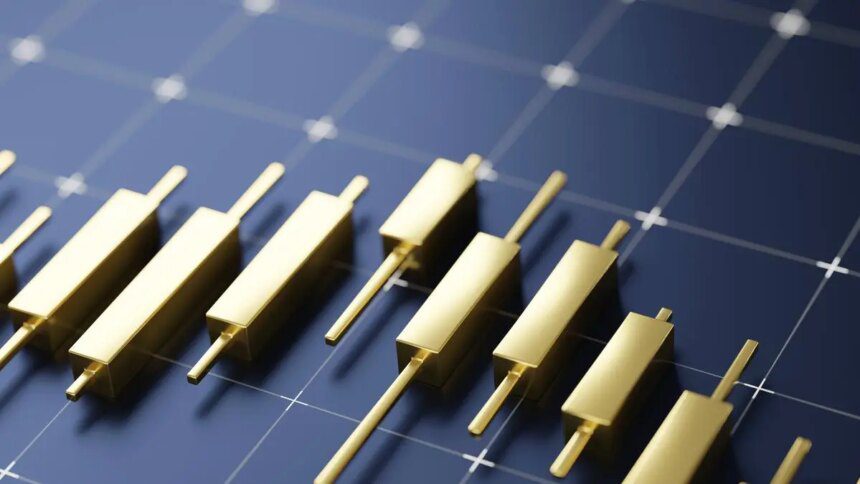Central banks around the globe resumed gold purchases in August after a subdued period in July, according to the World Gold Council (WGC), which cited data from the International Monetary Fund (IMF) and relevant central banks.
In August, these institutions added a net 15 tonnes to their gold reserves, aligning with their purchasing trends observed from March to June. However, the Central Bank of Russia and Bank Indonesia trimmed their holdings, selling three tonnes and two tonnes, respectively. This marks the second consecutive month of gold sales for the Indonesian bank, which had offloaded 11 tonnes in July.
“The decrease in Russian gold reserves is likely linked to its coin-minting program,” stated Krishan Gopaul, senior analyst for the EMEA region at WGC. Additionally, the WGC adjusted its initial estimate of Russian gold purchases in July from 10 tonnes following the Indonesian bank’s disclosures.
Tactical Selling
The WGC highlighted that recent price increases in gold could inhibit central bank buying activity, with Gopaul noting that this may also lead to some tactical sales. However, he emphasized that the current slowdown in central bank purchases does not imply a waning interest in gold overall. “Recent trends indicate that central banks are eager to continue increasing their gold exposure,” he added.
As of the end of the week, gold was trading at $3,886.55 per ounce, close to its record high of $3,897 reached earlier that week. In the U.S., December futures concluded at $3,908.90 per ounce. In India, gold (999 fineness) was priced at ₹1,16,950 per 10 grams in the Mumbai spot market, with December futures on the MCX closing at ₹1,18,100 per 10 grams. This surge in gold prices is attributed to safe-haven demand amid a potential U.S. government shutdown and rising expectations for a dovish stance from the Federal Reserve.
Bulgarian Move
Gopaul reported that seven central banks acquired one tonne or more in August, with the National Bank of Kazakhstan leading by purchasing 8 tonnes. This marks the sixth consecutive month of purchases for Kazakhstan, which now holds 316 tonnes, an increase of 32 tonnes since the start of the year. Bulgaria’s gold reserves rose by 2 tonnes in August, marking its largest increase in 28 years since it bought 8 tonnes in June 1997. Bulgaria now holds 43 tonnes and is set to join the eurozone in January 2026, potentially transferring some gold to the European Central Bank as part of the accession process.
In August, the Central Bank of Turkey, the People’s Bank of China, the Central Bank of Uzbekistan, the Czech National Bank, and the Bank of Ghana each acquired two tonnes of gold.
Czech Bank’s Target
As a result of these purchases, Turkey’s gold reserves have reached 639 tonnes, while China’s holdings surpass 2,300 tonnes. Uzbekistan’s reserves stand at 366 tonnes, and the Czech Republic’s reserves have expanded to 65 tonnes, continuing a buying streak that has lasted for 30 months. The Czech National Bank aims to increase its gold reserves to 100 tonnes by December 2028.
Gopaul noted that the National Bank of Poland, the leading gold purchaser in 2025, has elevated its target for gold’s share in global reserves from 20% to 30%. The bank has indicated plans to resume gold purchases actively, although the scale and pace of these acquisitions will be contingent on market conditions.
Published on October 4, 2025










